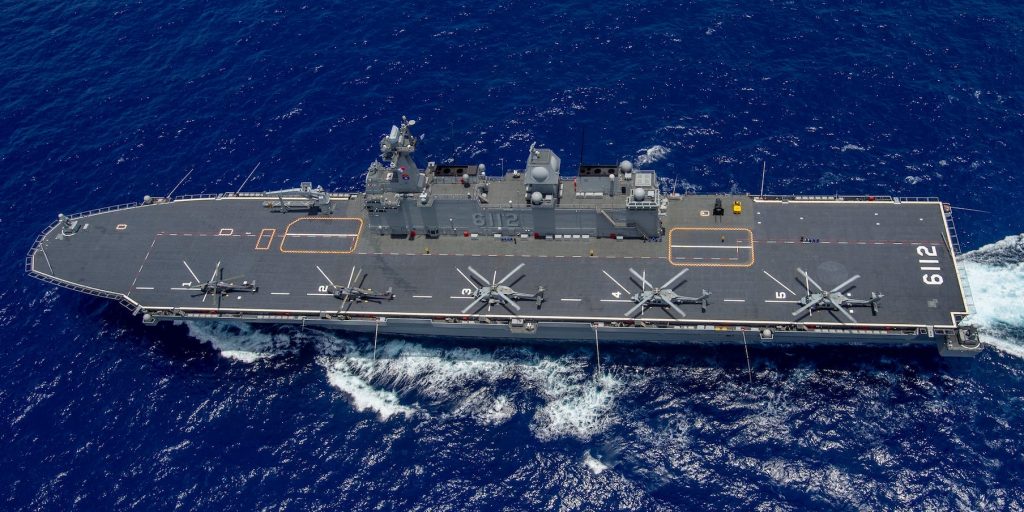- South Korea's new president is shifting the country's security focus to threats from North Korea.
- That shift, plus other priorities, mean plans for South Korea's first aircraft carrier may be scrapped.
It has been an eventful year for aircraft carriers in the Indo-Pacific region.
China recently launched its newest, most advanced flattop, while India's first domestically built carrier is about to enter service. Japan is also converting its second Izumo-class vessel into a full-fledged carrier, which will add a second flattop to its fleet.
South Korea's navy has expertise and resources on par with those navies, but Seoul's ambitions to field its own aircraft carrier may soon be scrapped.
After years of debate about acquiring a carrier, detailed plans for a South Korean light carrier were unveiled last year. But President Yoon Suk-yeol, who took office in May, looks set to cancel the program, known as CVX, in order to invest in weapons better suited to counter the threat posed by North Korea.
The CVX carrier
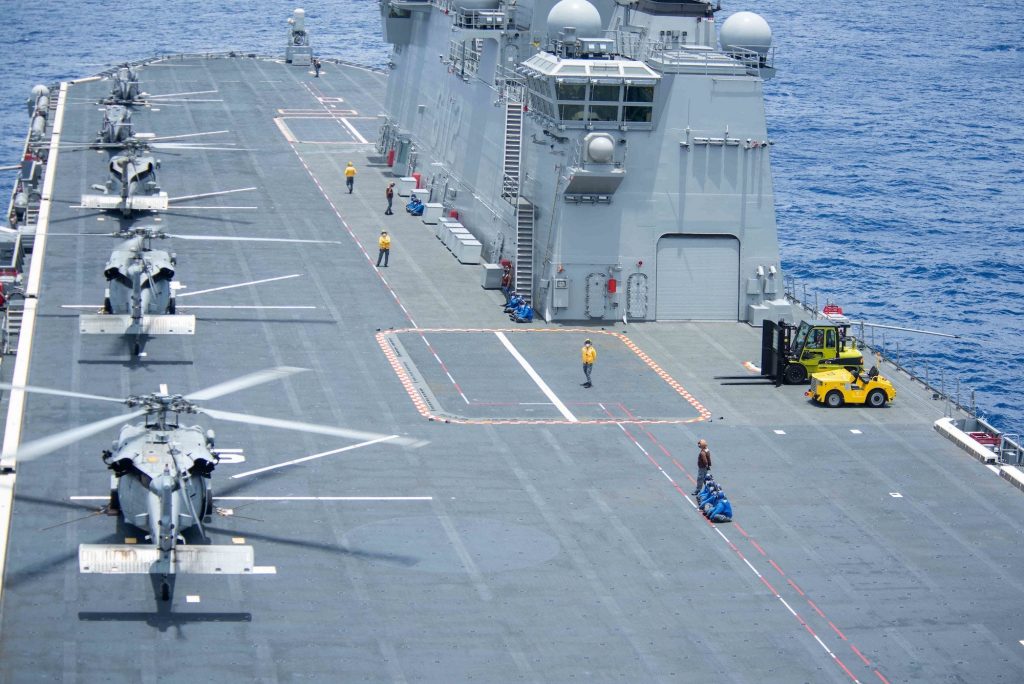
South Korea's navy has been working toward achieving blue-water status since the early 2000s. Over the past two decades, it has transformed into a first-rate navy, acquiring advanced vessels like the Sejong the Great-class destroyers, Son Won-il-class submarines, and Dokdo-class amphibious assault ships.
The CVX program, championed by Yoon's predecessor, Moon Jae-in, was to be the latest step in that transformation. The program calls for the construction of a single light carrier that displaces at least 30,000 tons, carries 20 F-35B fighters, and could be commissioned by 2033.
Two designs have been proposed by Hyundai Heavy Industries and Daewoo Shipbuilding and Marine Engineering, both of which have contracts with companies that have built carriers for European navies.
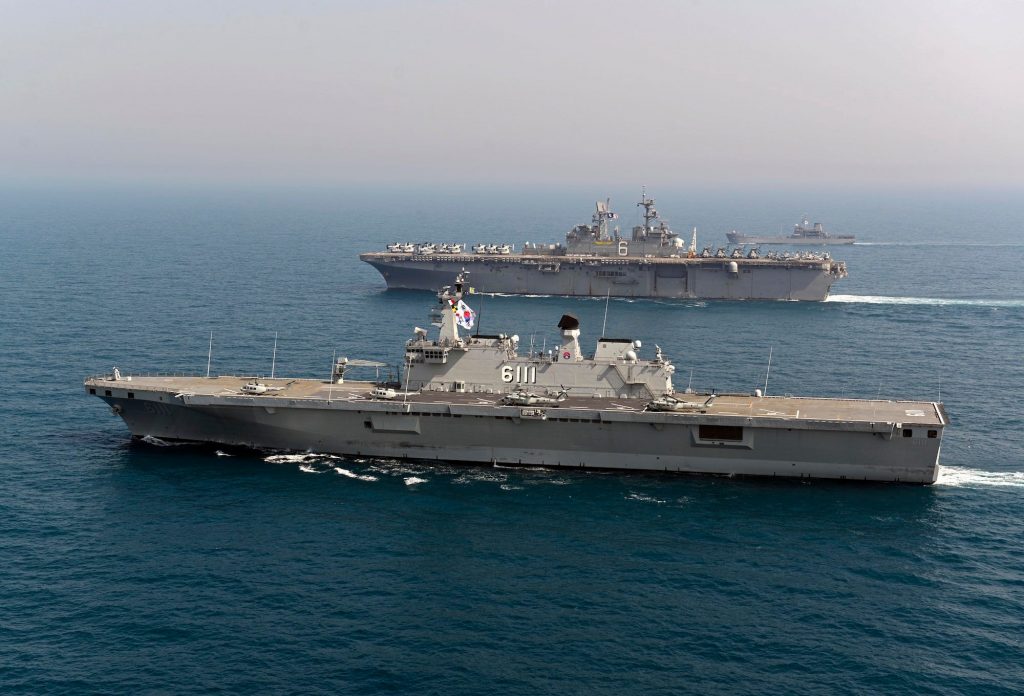
Hyundai Heavy Industries' design would be 885 feet long and displace 30,000 to 35,000 tons. It would carry 16 F-35Bs in its hangar and eight more on its deck, in addition to helicopters. The design includes two command islands, deck space for drone aircraft, a well deck for unmanned vessels, and 16 vertical-launch missile cells.
Hyundai's carrier would have a ski-jump ramp, though building it with an angled flight deck and a catapult system may be possible.
Daewoo Shipbuilding's design would be 862 feet long and displace about 45,000 tons. It would carry 12 F-35Bs on its deck and 16 more in its hangar, as well as several helicopters. Daewoo's version would also have two command islands and a straight deck similar to the US's America-class and Wasp-class ships and Japan's Izumo-class ships.
Need vs. cost
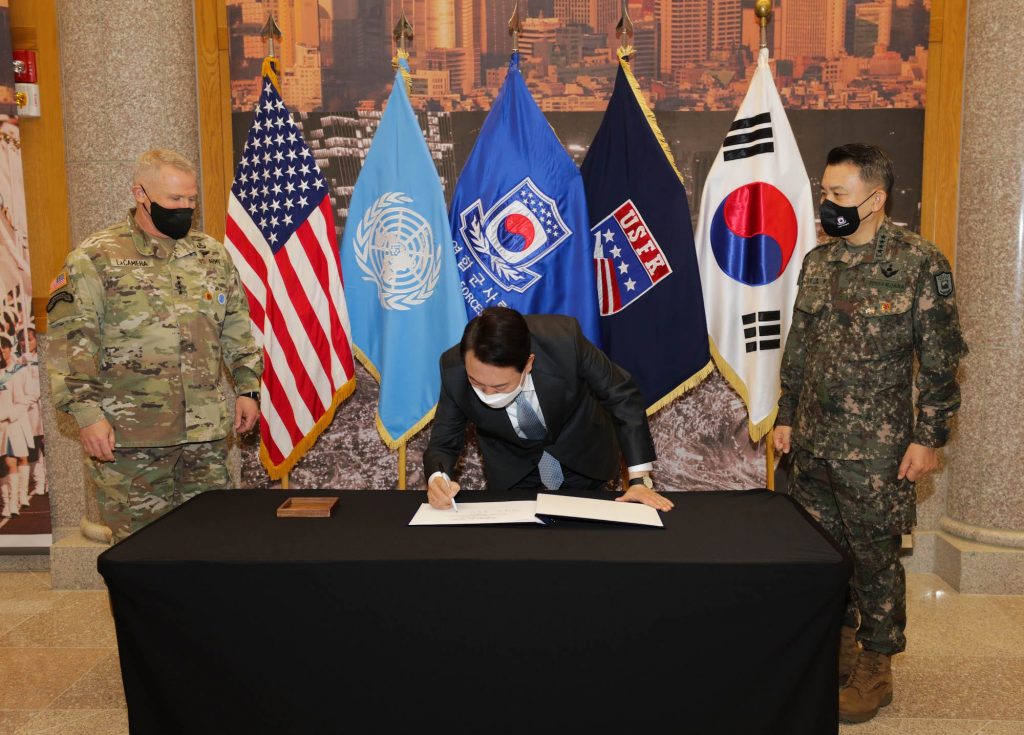
CVX proponents argue that the carrier gives South Korea a mobile air strip to use if North Korea attacks its airfields and the ability to launch attacks on North Korea from different avenues of approach. They also argue it would be valuable in other disputes and if Seoul needed to protect its interests abroad, such as in the sea lanes vital to its trade and energy supplies.
CVX's detractors mainly argue that its costs outweigh its potential uses, especially considering the comparative weakness of North Korea's navy. Building the CVX is expected to cost $2 billion, with another $45 million or so needed each year to maintain it.
That price doesn't include the F-35Bs, the helicopters, and the potential unmanned vehicles, which could increase to overall cost to as much as $5 billion, or almost 11% of South Korea's entire defense budget for 2022.
"That's a huge whack out of a very small military budget," Bruce Bennett, a senior defense analyst at the RAND Corporation think tank, told Insider. "What President Yoon is going to have to take a look at is what's his opportunity costs for building such a carrier? What other goods is he losing because he goes in that direction and builds it?"
The cost estimate for the CVX program also only accounts for one carrier. "Having one carrier does not a carrier force make," Bennett said, noting that carriers need to spend months at a time in port for training and maintenance.
If Yoon "really wants to have a viable carrier force of even one carrier at sea continuously, he's got to have two to three carriers," Bennett added.
Competing priorities
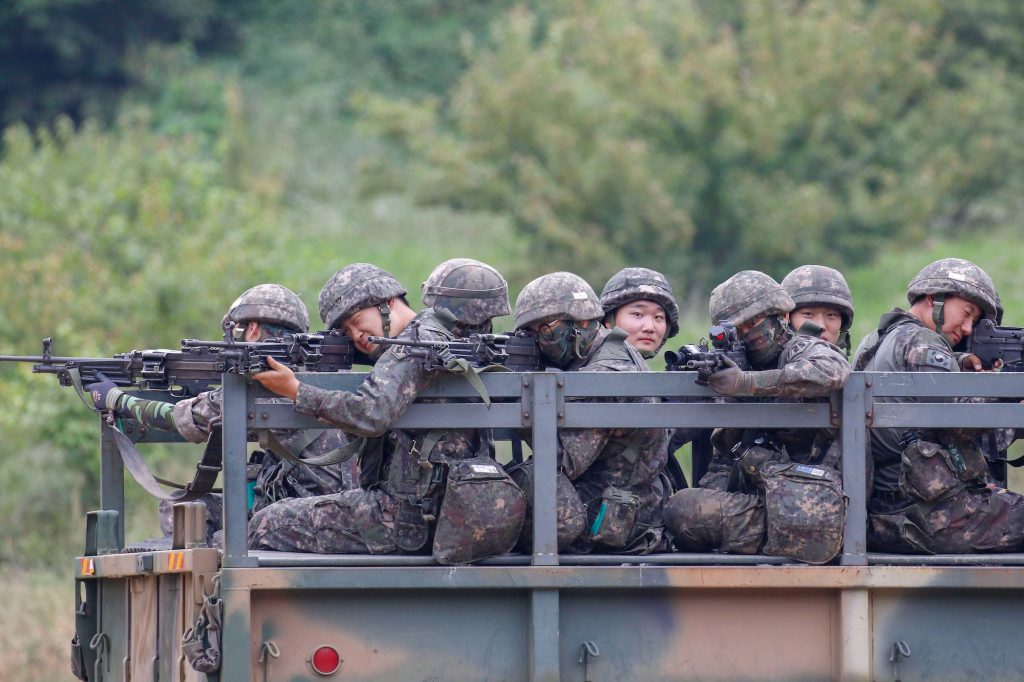
Meanwhile, the rest of South Korea's military is also pushing for other high-cost projects.
South Korea's army has extensive modernization needs, while its navy also wants to pursue other major programs, including acquisition of more Dosan Ahn Changho-class submarines capable of launching ballistic missiles, and three more modernized Sejong the Great-class destroyers. There is also talk of developing a nuclear-powered submarine.
The "Kill Chain" and "Korean Massive Punishment and Retaliation" strategies require more investment in ballistic missiles and aircraft, with South Korea's air force favoring the F-35A and the KF-21.
The Korean Aerial Missile Defense strategy also requires more sophisticated missile interceptors. Seoul wants to build up its own layered air-defense and missile-defense systems, and during his campaign, Yoon indicated that he wanted to deploy more US-made Terminal High Altitude Area Defense batteries.
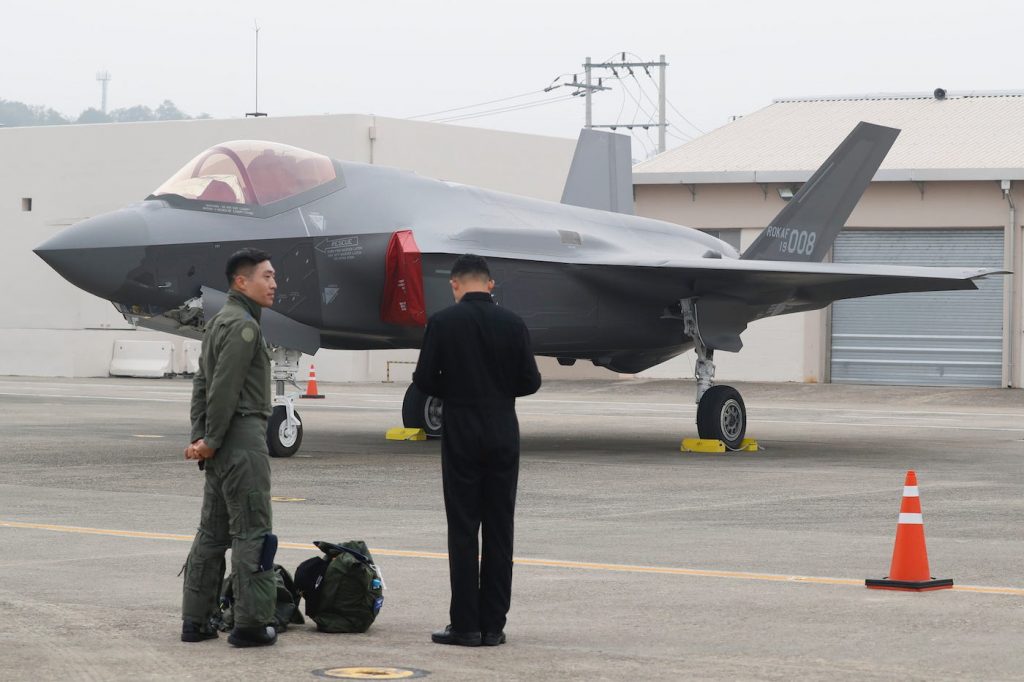
The case for those weapons seems stronger than that of CVX, as they are better suited to counter the most likely North Korean threats than an aircraft carrier, aligning them with Yoon's efforts to focus more attention and resources on the North.
Officials in Yoon's administration have described a need to reevaluate defense priorities, which has been interpreted as meaning the CVX would be canceled. The recent approval of preliminary plans to acquire 20 more F-35As is seen as a more concrete move away from the carrier.
Even without CVX, South Korea's navy remains a potent force and will continue to evolve.
"They've gotten a lot of investment in their upper-end destroyers, their submarines have been built, and they now have SLBMs," Bennett said. "The Navy hasn't gotten the blue-water navy capability they want yet, but they are moving in that direction."
